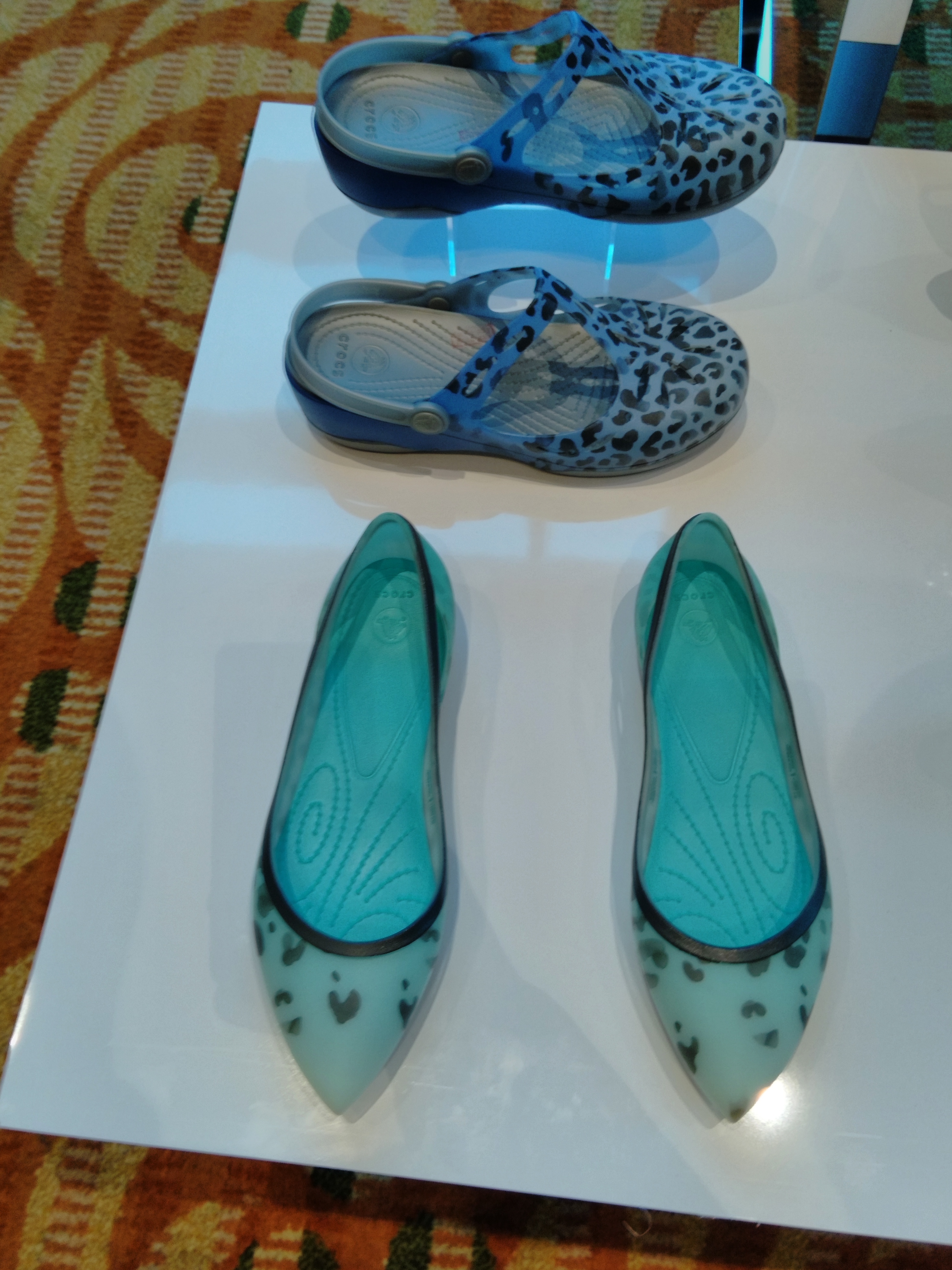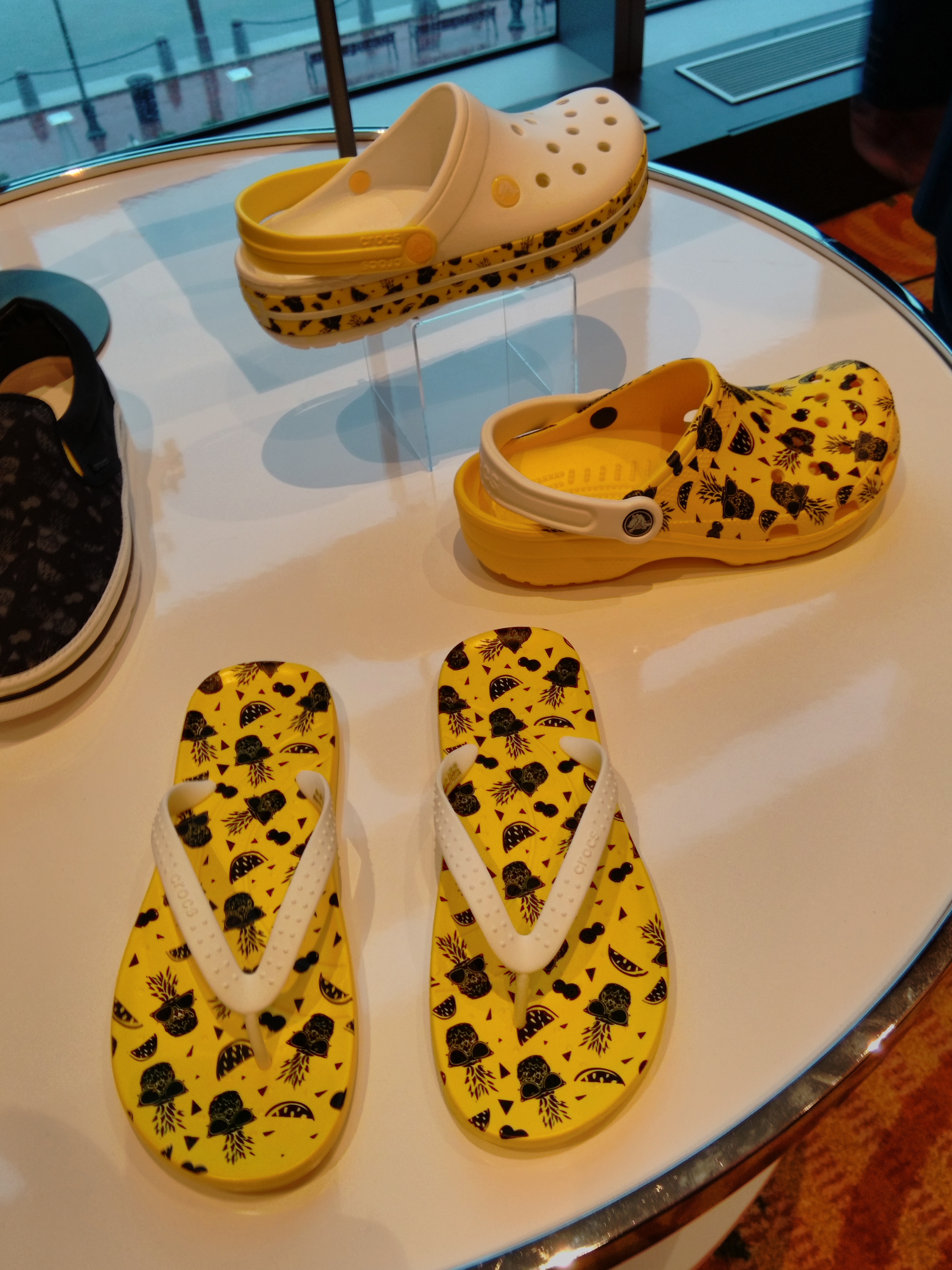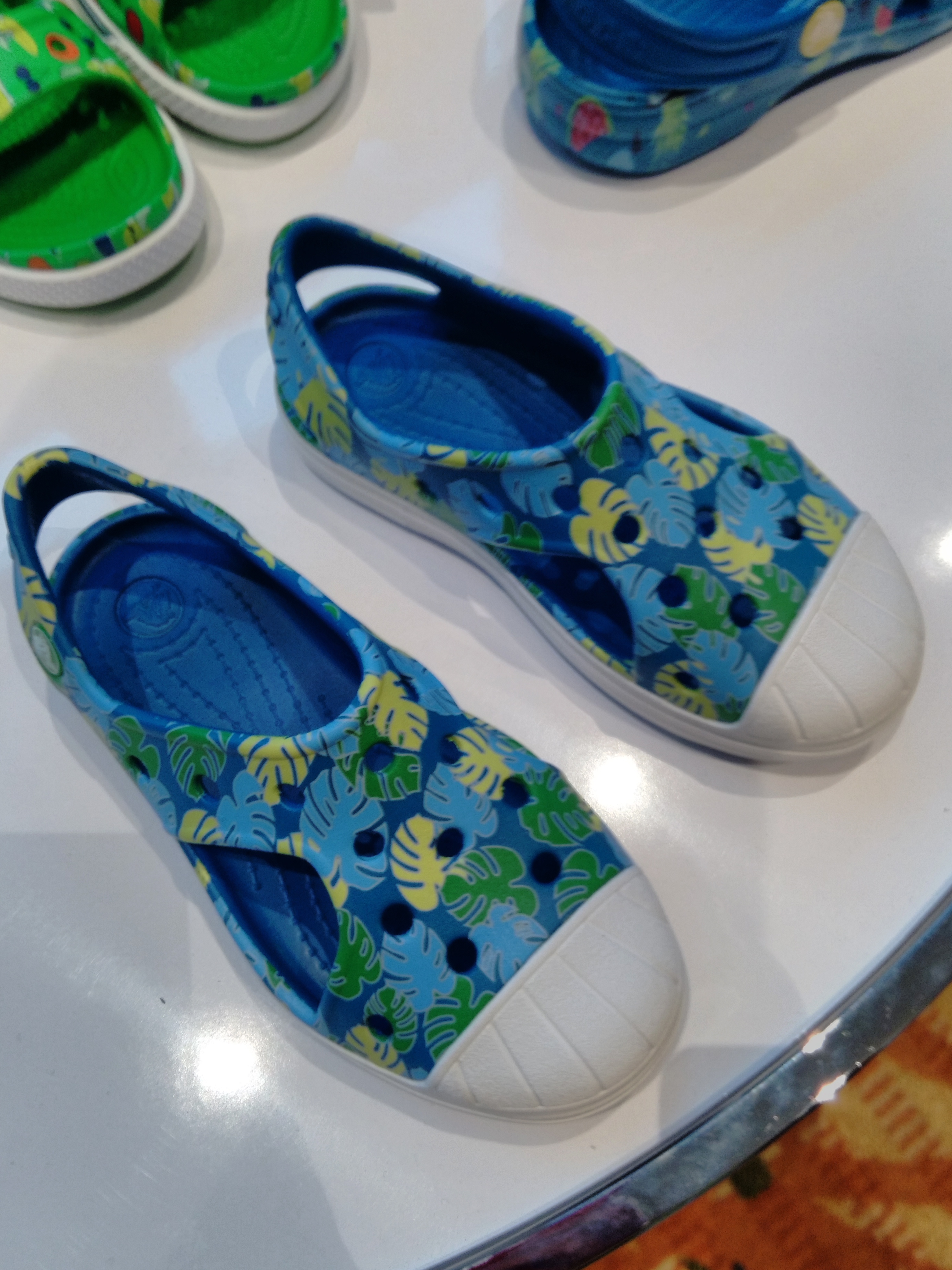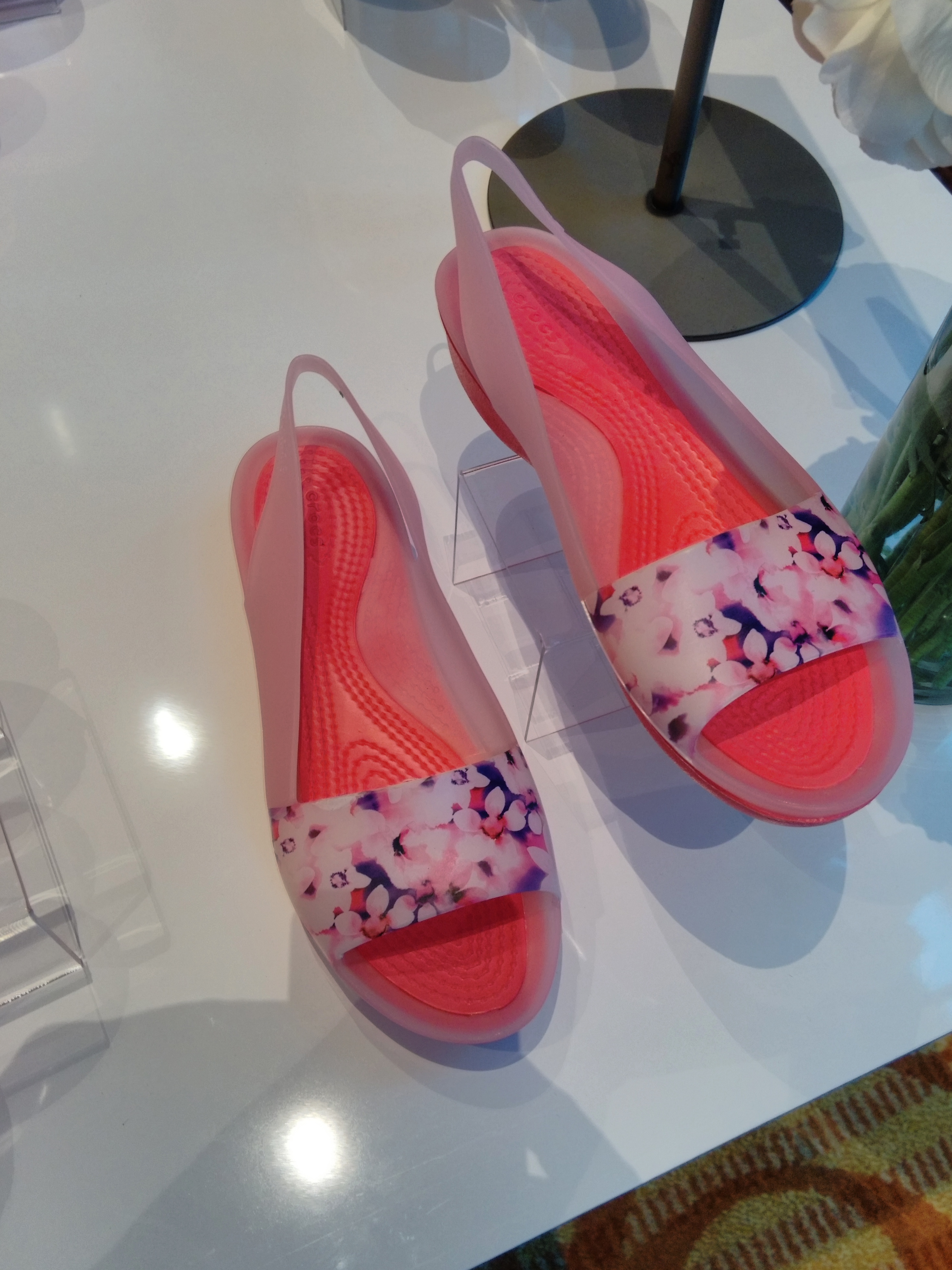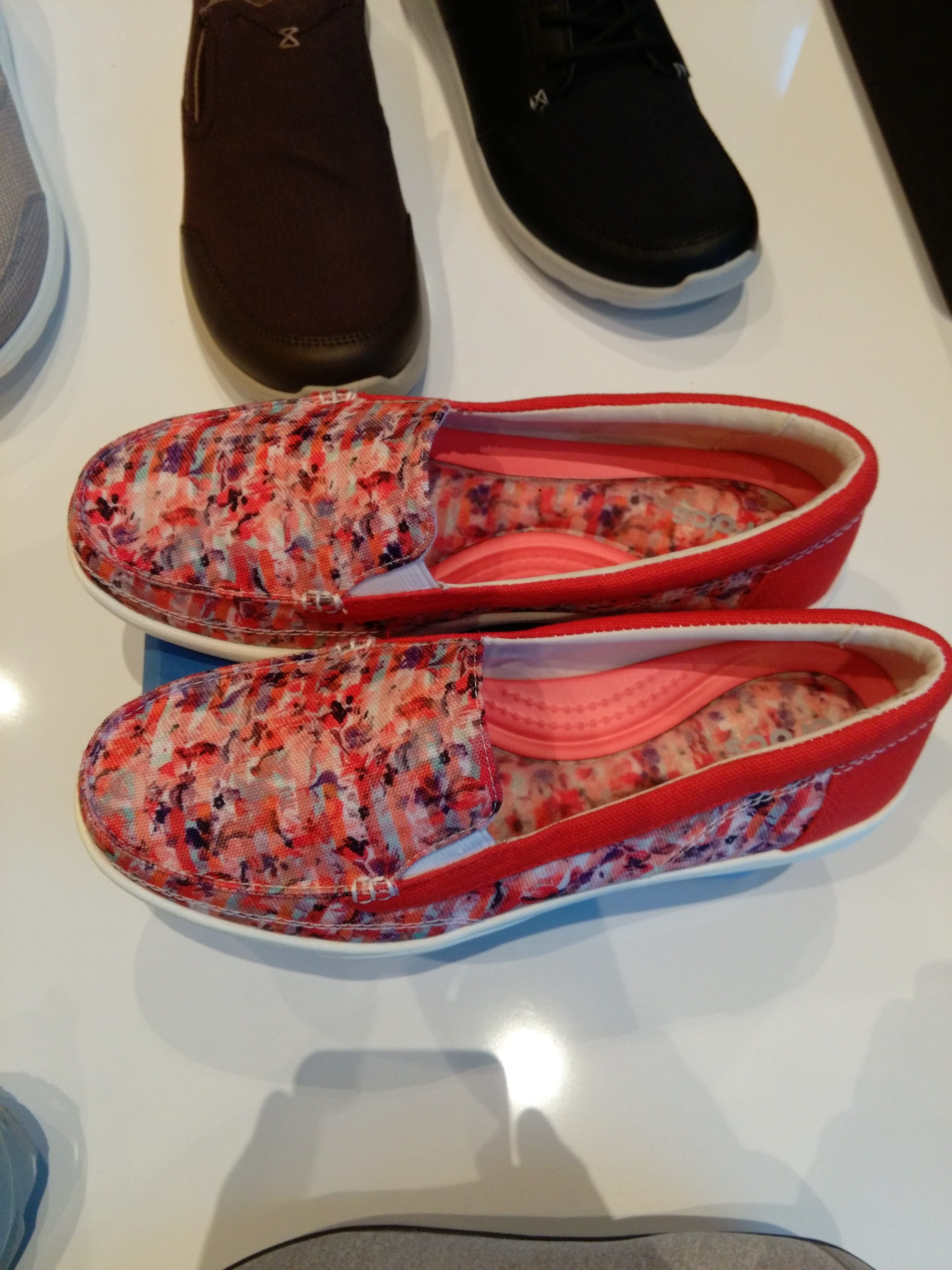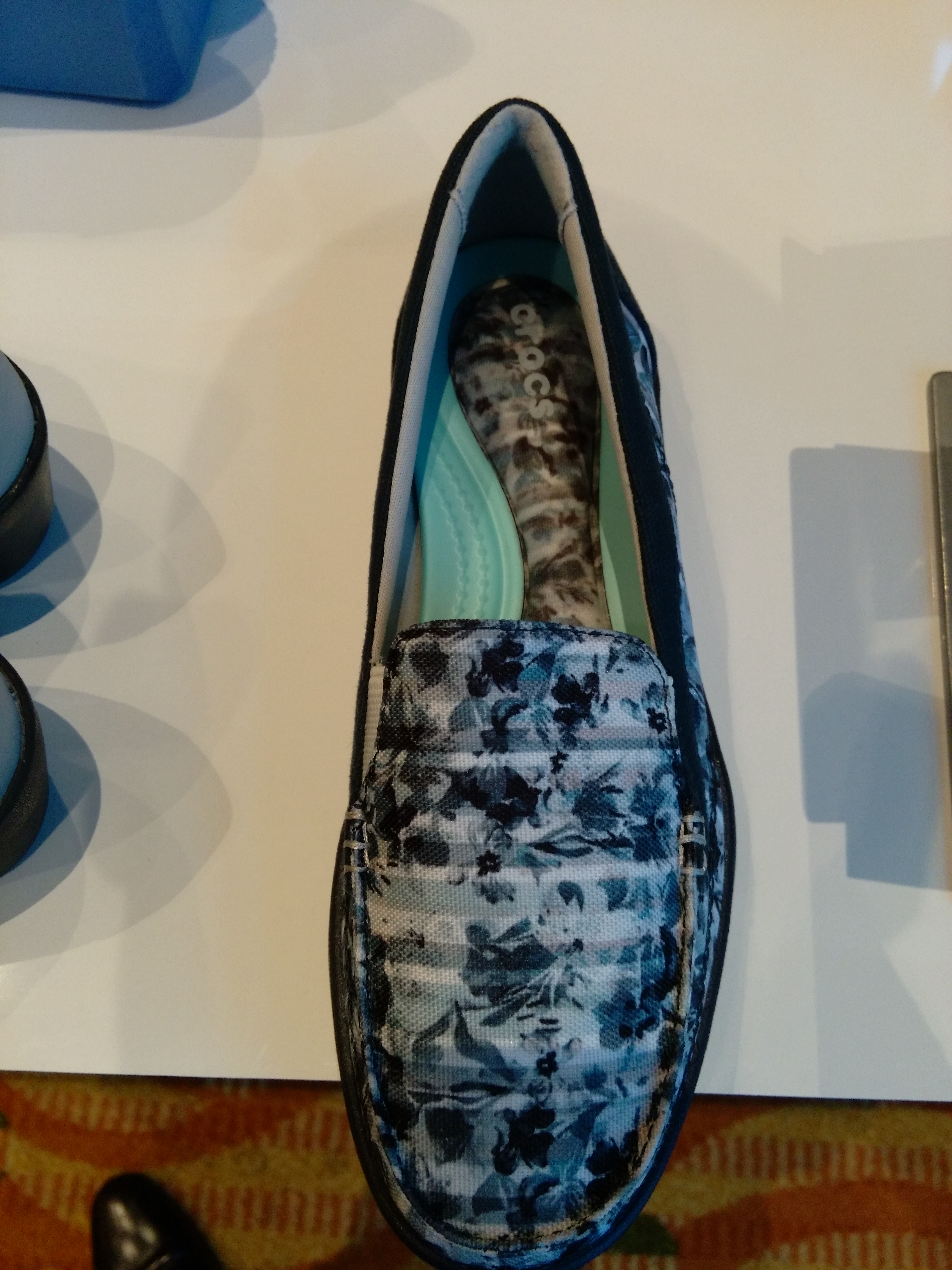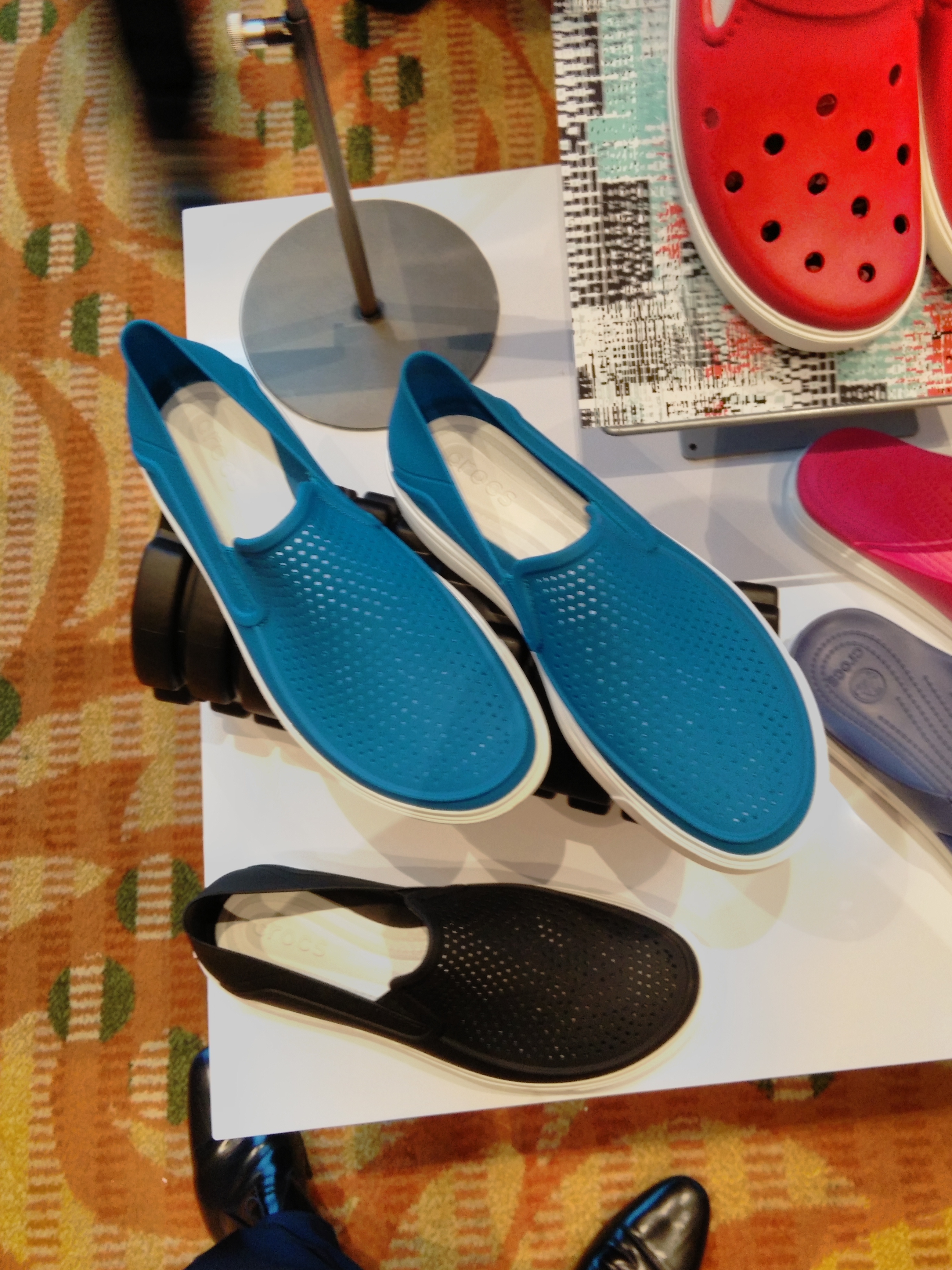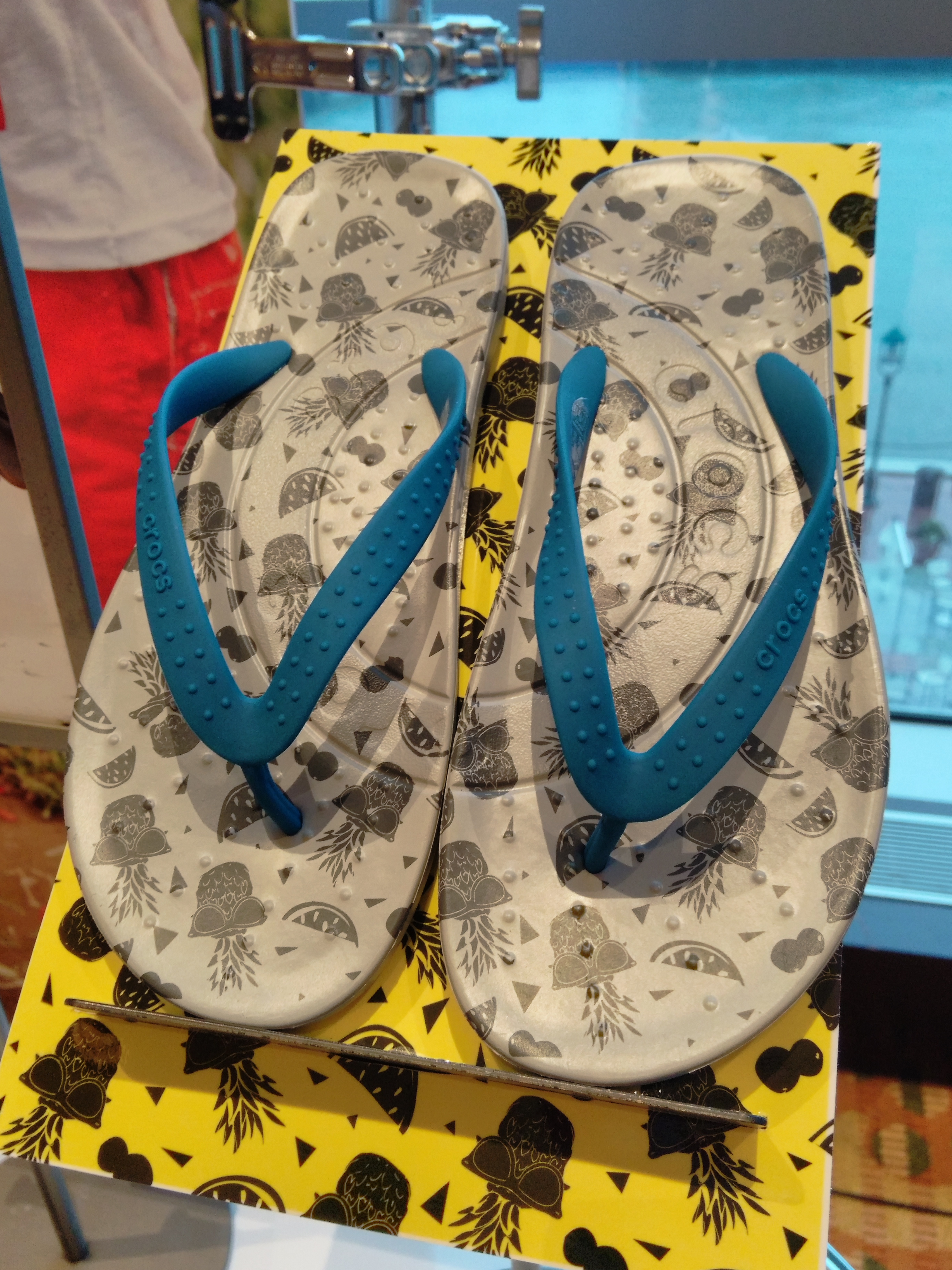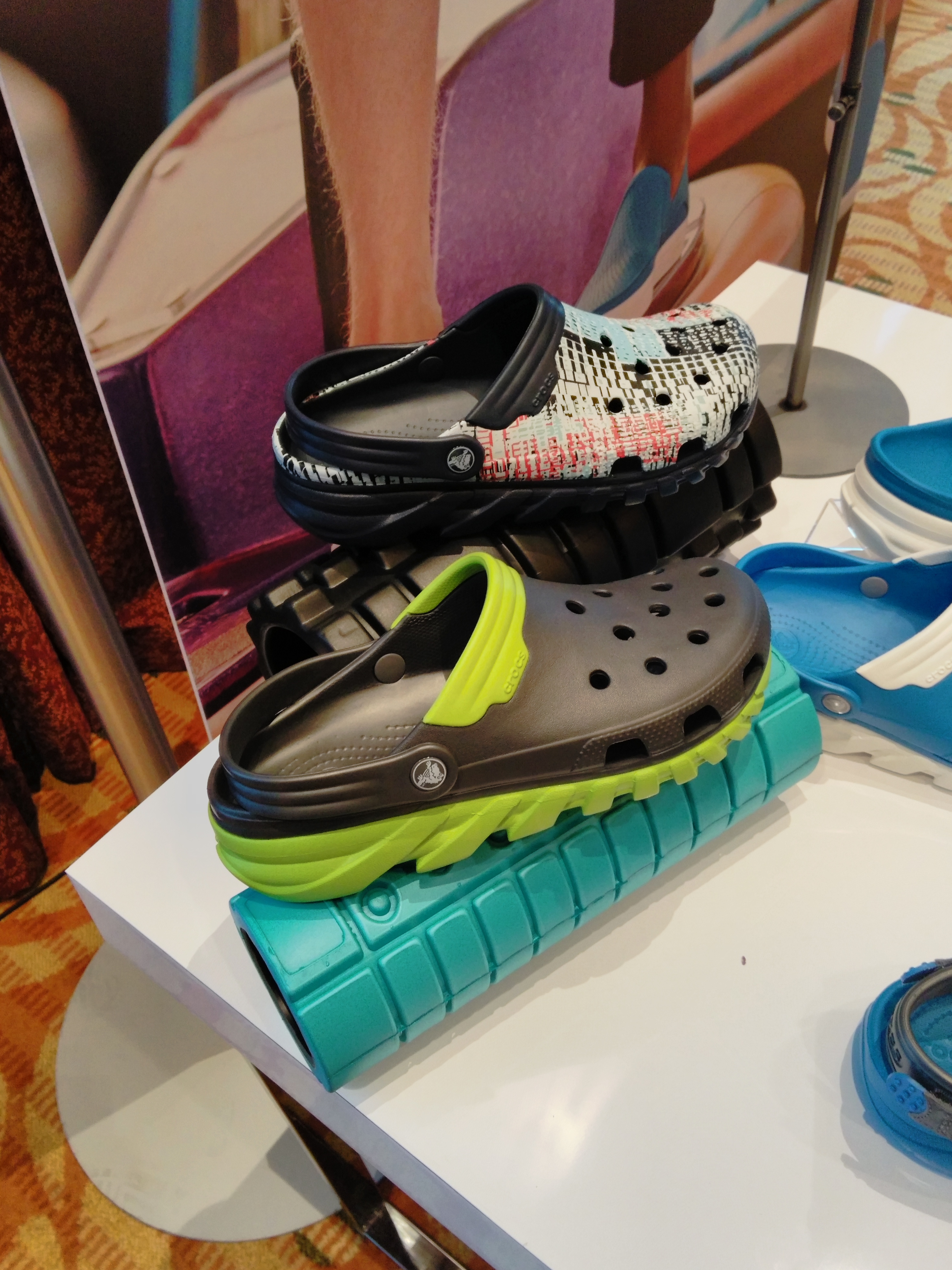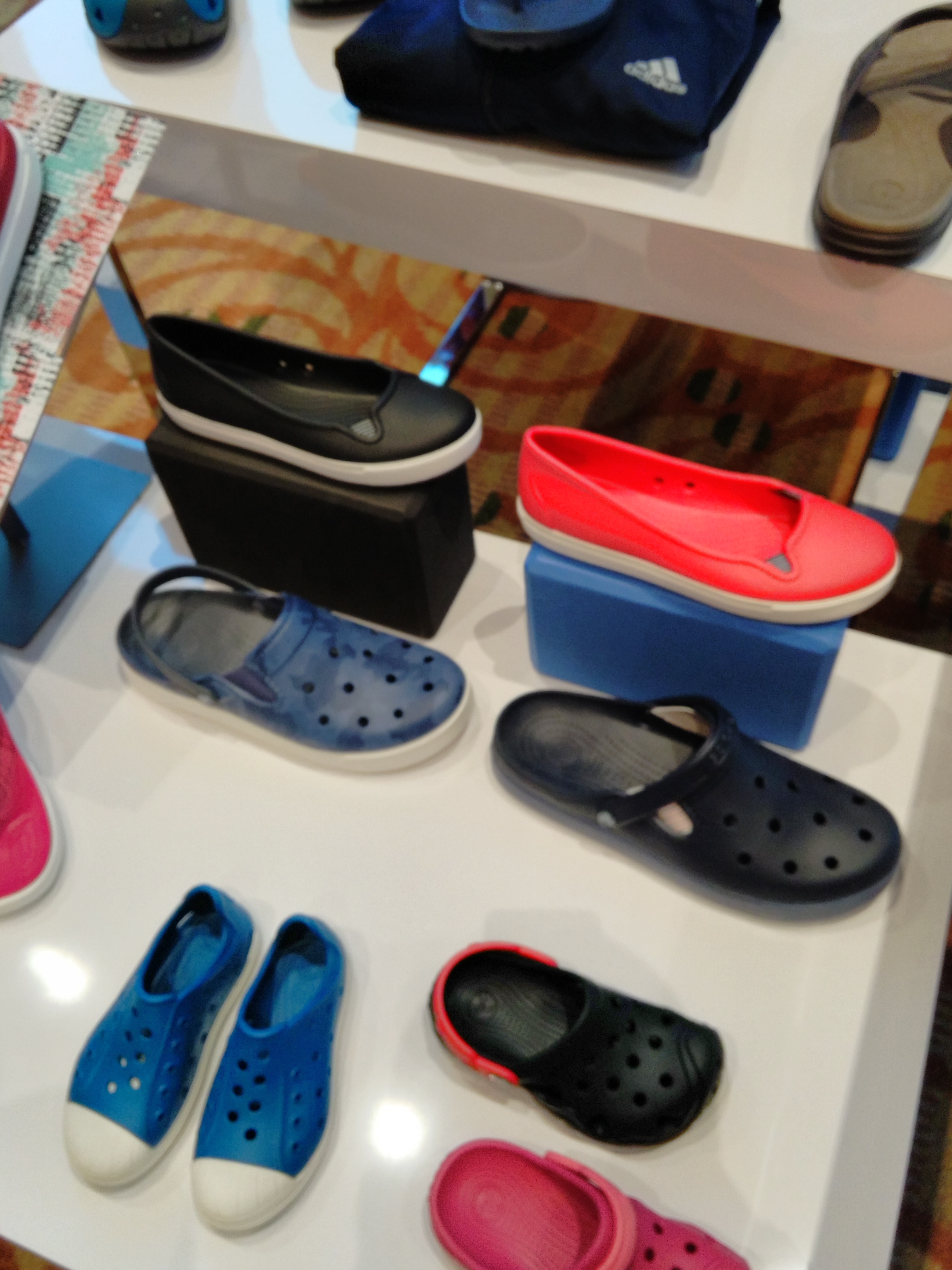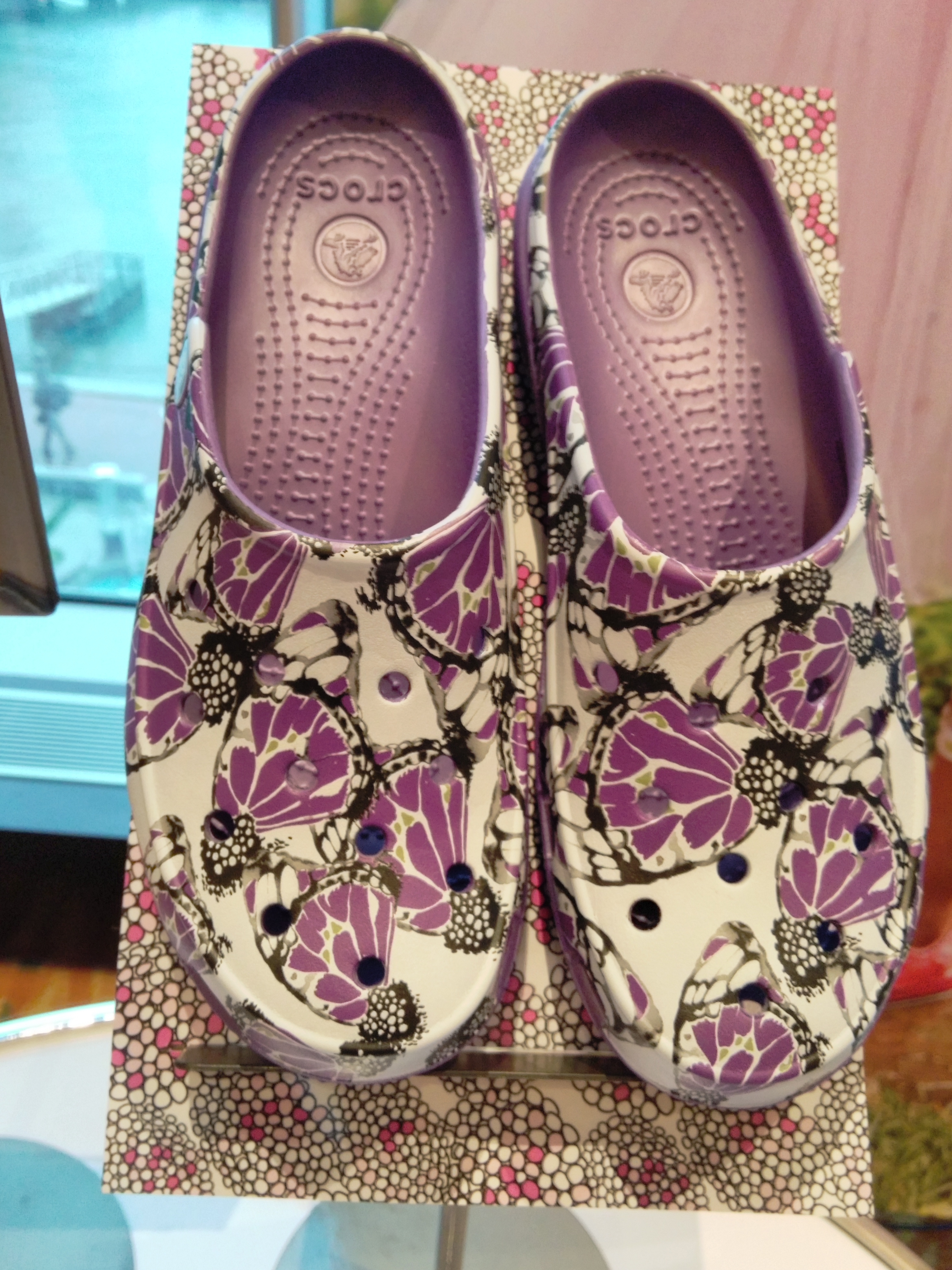"Harnessing the power of precision medicine to conquer Alzheimer's disease"
ProMIS!
This post was written by Michael Bigger in collaboration with Dr. Greg Kenausis. Kenausis' contribution is highlighted by using italics.

Ticker: PMN.TO
Stock Price (Private Placement): $.03 CDN
Market Cap: $3.54MM
Enterprise Value: $2MM
Debt: None.
NOLs: $28.5MM
Share Count: 153MM
$ symbol is used for USD unless CDN is stated.
Opportunity
ProMISTM Neurosciences, Inc. (PMN, Toronto Stock Exchange), is a development stage biotech company that discovers and develops precision medicine solutions for early detection and effective treatment of neurodegenerative diseases, in particular Alzheimer’s disease (AD) and amyotrophic lateral sclerosis (ALS). A precision medicine solution includes both a drug and a diagnostic to select patients most likely to respond. The market size for drugs to treat Alzheimer’s alone has been estimated at up to $20 billion per year.
The pre-money valuation of the capital infusion into ProMISTM was executed at levels that could result in returns of up to 10 times or even greater given the company's strategic technology and intellectual property. Never in my life have I seen a situation with such enormous potential and catalysts already at work to realize the potential trade at such low valuation.
In the USA, most tech start-ups get funded at valuations much greater than $2MM pre-money for an idea and a team. ProMISTM at a valuation of $1.6MM pre-money not only has a real intellectual property (IP) meeting a real need in the developed world but also a new management team with the experience and knowledge to take the company with its intellectual portfolio to a commercially viable product.
The Science and Intellectual Property (Source: Company and Dr. Kenausis)
The Company’s scientific foundation is centered on the growing knowledge base relating to diseases characterized by the presence of abnormal, misfolded proteins. Numerous diseases exhibit protein misfolding, among them certain cancers, and several neurodegenerative diseases, such as Alzheimer's disease, amyotrophic lateral sclerosis (ALS) and Parkinson’s disease (PD).
Recent published evidence indicates that for a given misfolded protein there exist multiple prion-like strains, each strain representing a specific target against which therapeutics can be developed. Accordingly, as its primary objective, the Company will focus on the discovery and development of precision therapeutics supported by companion diagnostics directed against the several strains of beta-amyloid (Aβ) in Alzheimer’s.
Historically, Alzheimer’s disease (AD) has been a frustratingly stubborn pathology for modern medicine to tackle. It is already a huge market and demographic trends indicate strong growth ahead for that market. To date, no genuinely effective therapies have been developed. The difficulties start with merely diagnosing that a patient has the disease. Until not too long ago, it was necessary to conduct a post mortem histological examination of brain tissue to confirm for certain whether a patient had AD. Of late, some progress has been made on this front, but physicians still need to conduct an array of evaluations, many of which are inevitably prone to reporting, analysis and interpretation error (e.g. family history, cognitive testing, etc.). Some advances have also been made recently involving the use of MRI and PET for AD diagnosis, but these techniques remain developmental and early-stage. The point is that diagnosing the presence and type of AD remains indirect and tricky.
In AD patients, certain proteins found in brain cells (i.e. beta amyloid and tau proteins) form unusual aggregates, and they have long been known as symptoms and potentially agents of AD. The presence of these malfunctioning proteins is an indicator of AD and would therefore be a useful target for a diagnostic application as well as for therapeutic applications.
Why is a diagnostic of AD so important for developing successful therapies?
For one thing, without effective diagnostics of AD, it obviously becomes very difficult to prove any novel treatment approach because ill-defined clinical study patient populations will invariably obfuscate any effect that a therapy may or may not have. Furthermore, AD may turn out to consist of an array of different types of the disease, like cancer, with each type responding optimally to different therapies. In any case, the development of a successful diagnostic would likely greatly facilitate the development an optimal target for potential therapies.
The pharma industry has been attempting to target these errant proteins in hopes of stopping the disease progression or even reversing it. Big pharmaceutical companies like Roche, Pfizer, Eli Lilly and Johnson and Johnson did their best to come up with treatments based on an immunotherapy approach. That is, they developed antibodies or antibody-like molecules that, once administered, would help to destroy and clear these errant proteins. Until late last year, all clinical trials failed. However, at the end of last year, Biogen finally showed that such a therapeutic approach can produce a sizable benefit to AD patients.
A gold rush is now underway to develop the most effective antibodies that would target these errant proteins, particularly beta amyloid. This is where ProMISTM Neurosciences with its proprietary ProMISTM technology has a big opportunity. ProMISTM is a statistical thermodynamic algorithm that predicts how proteins degenerate into their diseased (misfolded) forms and thereby provides a model of all the potential target regions of the protein (i.e. epitopes) against which an antibody can be designed and produced. This approach would allow to develop a specific therapeutic antibody and its related companion diagnostic, i.e. a precision medicine solution.
The ProMISTM technology works and has been validated previously on many cancer types and neurodegenerative diseases such as Creutzfeldt-Jakob disease. Of course, ProMISTM is not the only method of identifying epitopes, and the race to find such AD epitopes is very competitive and includes many pharma companies with formidable resources at their disposal. ProMISTM does however appear to have the advantage of being a theoretical and rational approach to epitope identification while almost all other approaches are more trial-and-error/hit-or-miss.
Based primarily on the research discoveries in Dr. Cashman’s lab, the Company has exclusive access to critical IP and proprietary know-how in the field. The Company’s patent estate consists of eight patent families issued or pending. ProMISTM utilizes its computational discovery platform, ProMIS, to predict novel targets known as Disease Specific Epitopes (DSEs) on the molecular surface of misfolded proteins. ProMISTM owns the exclusive rights to the Genus patent relating to misfolded SOD1 in ALS, and currently has a preclinical monoclonal antibody therapeutic directed against this target.
In addition, Dr. Cashman’s lab just received a $1MM CDN grant for new discoveries which could augment the value of ProMISTM intellectual property portfolio without diluting shareholders.
History, Re-Launch, New Strategic Direction (Source: management)
ProMISTM was an unfocused company under the tutelage of the last CEO. While building a very valuable portfolio of intellectual property since becoming public in 2008, the company ran out of cash in 2015.
In July 2015, a new management team came on board, the company successfully raised US $2.0MM, and the Board was reconstituted.
The three-member senior management team includes Dr. Neil Cashman, the Company’s current Chief Scientific Officer. In addition, two pharmaceutical industry veterans and biotech entrepreneurs, with over 60 years’ cumulative experience in key aspects of drug development and commercialization have joined the team: Eugene Williams as Executive Chairman and Dr. Elliot Goldstein as Chief Executive Officer.
I had several discussions with the management team and I am very impressed by their candor and their vision for ProMISTM. I furthermore take confidence in the commitment of the Board to represent what is best for shareholders based on the relationship formed through previous experience in similar situations with Director Johannes Minho Roth.
The Investment Case
The near term investment case for ProMISTM really relies on the company successfully securing the rights to AD epitopes that it discovers. With such IP, the company or just its epitope related IP would likely be a very desirable and strategically important acquisition target of many big pharma companies. Ideally, a bidding war would erupt driving the valuation to levels orders of magnitude greater than where it stands today. The time frame for this to develop would likely be in the range of one to three years if all goes well.
Risks
ProMISTM is an early stage biotech company. The risk that the company doesn't deliver on its opportunity is highly elevated. The stock could very well trade to zero.
The company will require a significant amount of capital to cross the finish line. The ProMIS team must achieve significant accomplishments along the way and management must communicate its vision in a narrative that keeps investors excited about the opportunity for further investment.
Michael Bigger. Follow me on Twitter and StockTwits.
Disclaimer: Bigger Capital and related entities are long 14.3MM shares of PMN. ProMIS is in a re-launch mode and it is not suitable for the majority of investors. The likely outcome of an investment is a loss of principal. Take our opinions with a grain of salt. If you find yourself relying on our views to make an investment decision it means you definitely did not do your homework about this situation. Please do not rely on our views, instead use the information as a jumping off point to begin your own independent due diligence.

 Tuesday, November 10, 2015 at 8:44AM
Tuesday, November 10, 2015 at 8:44AM



















